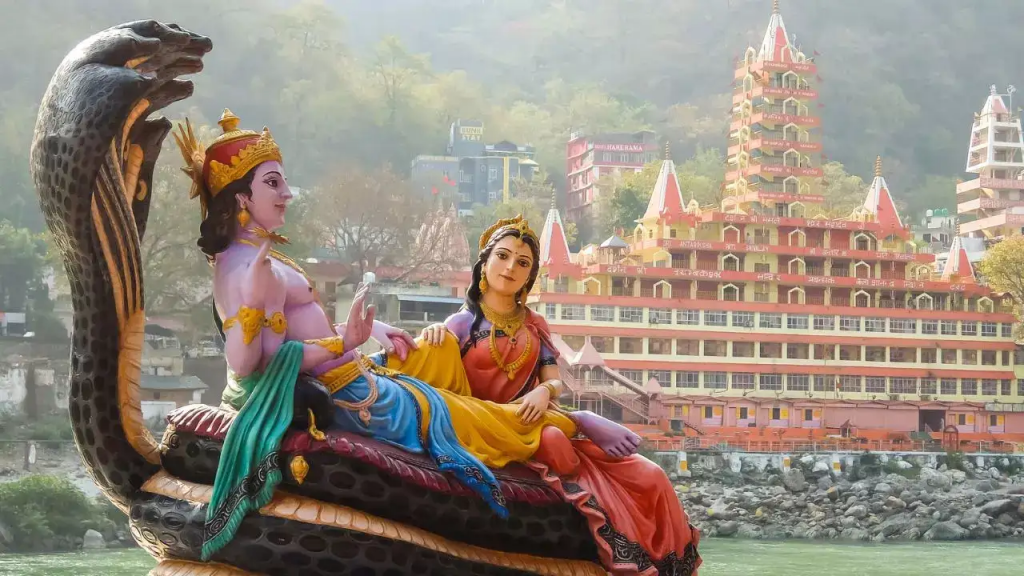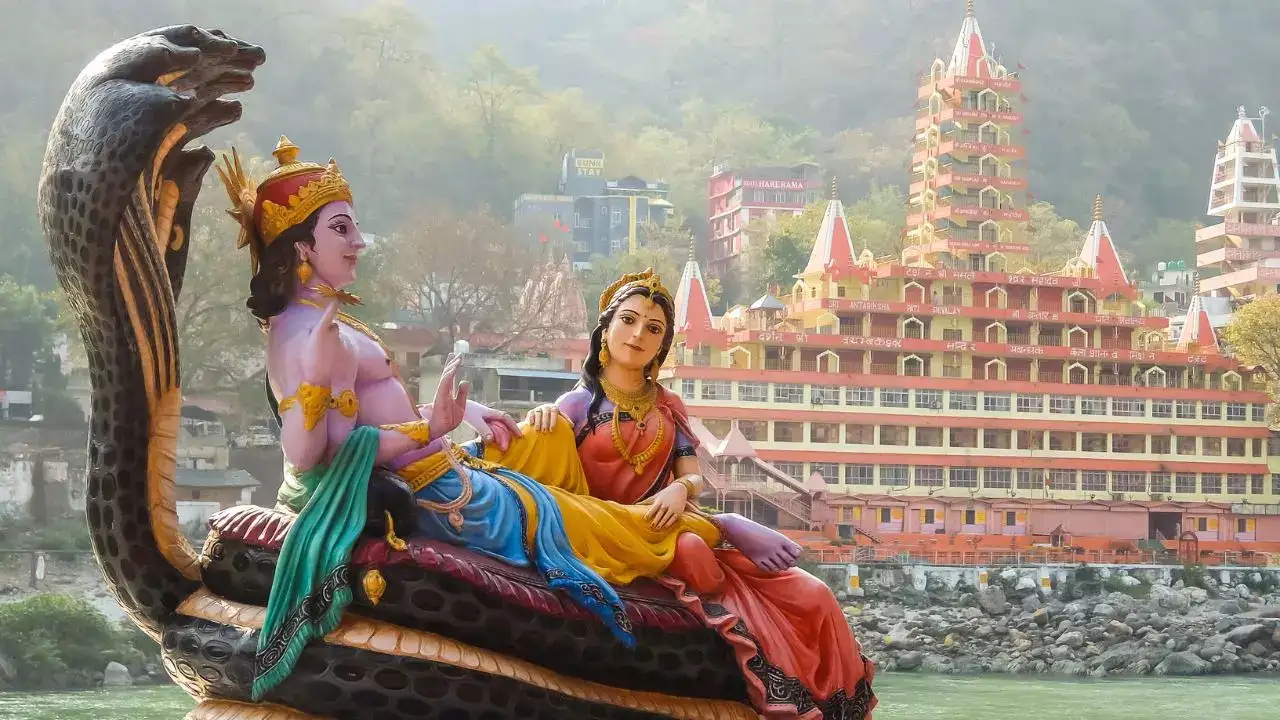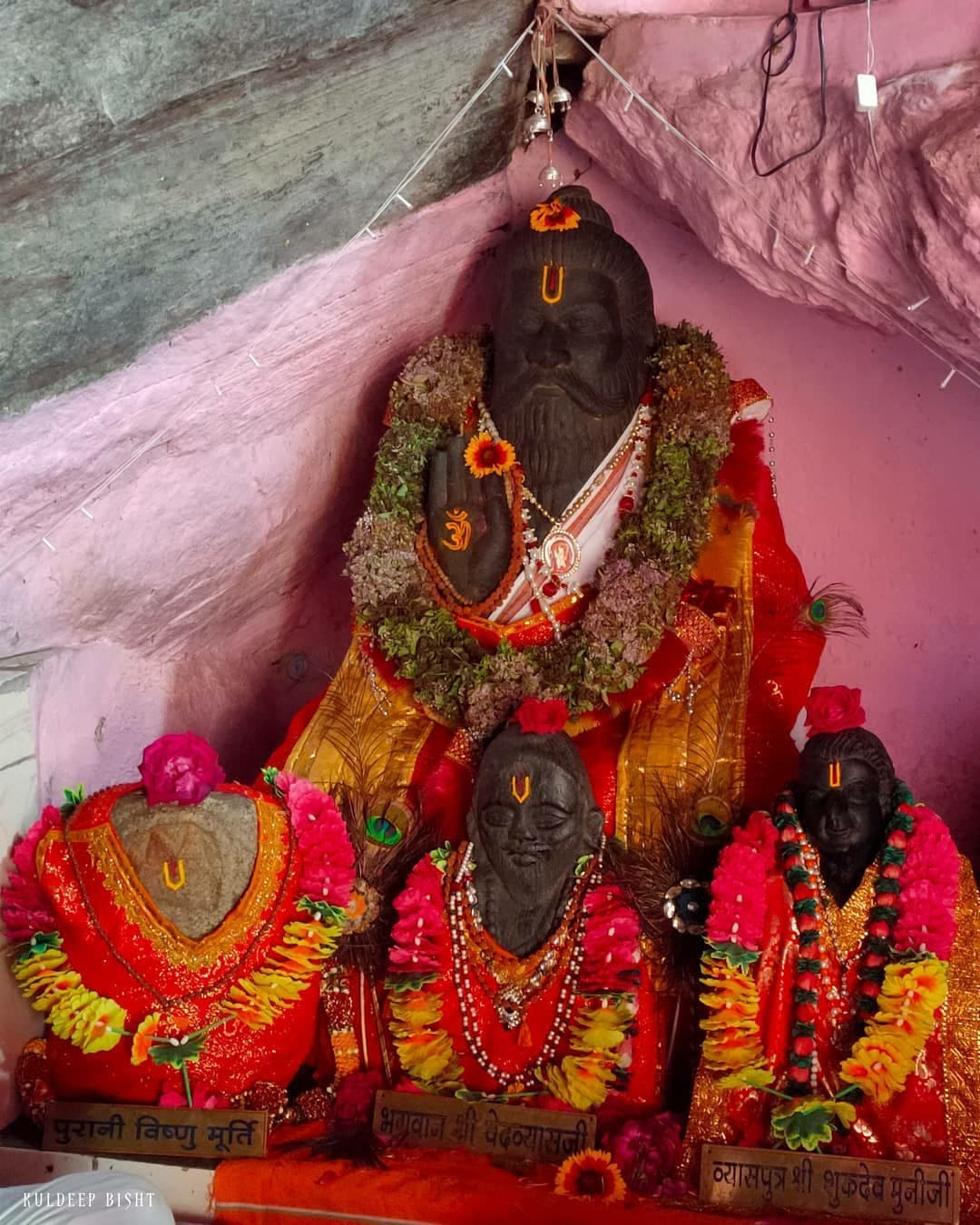Shravana Putrada Ekadashi – The Sacred Vrat for Parenthood Blessings
Shravana Putrada Ekadashi is a holy day dedicated to Bhagawan Vishnu, observed for the blessing of children and family harmony. Falling in the sacred Shravana month, this Ekadashi fulfills heartfelt desires of parenthood for devotees across India.
Shravana Putrada Ekadashi occurs during the Shukla Paksha (waxing phase) of the Shravana month. This is one of the two “Putrada” (child-giving) Ekadashis in the year, the other being in Pausha. While both carry the same purpose, to bless devotees with children, Shravana’s observance holds special merit due to its placement in a spiritually charged month.
Families, especially childless couples, observe this Ekadashi to cleanse past karmas, honor ancestors, and invoke Lord Vishnu’s blessings. The Punya earned on this day is believed to be equivalent to performing a grand Ashwamedha Yagna.
Deities Associated
This Ekadashi is dedicated to Lord Vishnu, especially in his Narayana and Padmanabha forms. Devotees also recite or listen to Vishnu Sahasranama, Vishnu Gayatri, and Vishnu mool mantras to attract divine grace for offspring.

“On Shravana Putrada Ekadashi, Vishnu plants the seed of joy in the hearts of those longing for children.”
Origin, Significance & Vedic Astrological Relevance
Origin from Padma Purana
In the Padma Purana (6.55.32), the sage Lomasha says:
लोमश उवाच।
श्रावणे शुक्लपक्षे तु पुत्रदा नाम विश्रुता ।
एकादशी वांच्छितदा कुरुध्वं तद्व्रतं जनाः॥
– पद्मपुराणम्, ६.५५.३२
Significance in Scriptures
- Bhavishya Purana tells the story of King Mahijit, who was childless. On advice from Sage Lomesh, he observed this Ekadashi and was later blessed with a noble son.
- It is a way to atone for past karma and obtain blessings for healthy, dharmic offspring.
- Vishnu’s grace on this day brings peace, prosperity, and continuity of one’s family line.
Jyotish Relevance
- Shravana month is auspicious due to its association with Lord Vishnu and Lord Shiva.
- The Shravana Nakshatra, ruled by Vishnu, makes this Ekadashi powerful for overcoming Santana Dosha (issues related to childbirth).
- Ideal for pacifying Pitru Dosha and ensuring lineage preservation.
Customs, Traditions & Rituals
General Traditions
- Devotees observe a fast (Nirjala or with fruits/milk).
- Reading or listening to Vishnu Sahasranama, Shrimad Bhagavatam, or Vishnu mantras.
- Donation of clothes, jaggery, ghee, and sesame seeds to Brahmins.
Region-wise Variations
- North India: Tulsi and Vishnu Puja with yellow thread tied on wrist.
- South India: Visits to Vishnu temples like Tirupati and special kirtans.
- Maharashtra/Gujarat: Pavitropana Ekadashi is observed by offering sacred threads to Vishnu.
Puja Vidhi & Puja Katha
Step-by-Step Puja Vidhi
- Wake before sunrise and bathe with Ganga water.
- Take Sankalpa with the intent of getting progeny or healing family karma.
- Set up Vishnu idol/image with Tulsi, yellow flowers, and ghee lamp.
- Offer Naivedyam: Fruits, Panchamrit, and sweets.
- Chant: “Om Namo Bhagavate Vasudevaya” and “Om Narayanaya Vidmahe, Vasudevaya Dhimahi, Tanno Vishnu Prachodayat”
- Recite Vishnu Sahasranama.
- Conclude with Deepa Aarti and offer dakshina to Brahmins.
- Break the fast on Dwadashi Tithi (next day) before sunrise.
Putrada Ekadashi Katha
King Suketuman and Queen Shaibya of Bhadravati were grieved due to childlessness. The king renounced his kingdom and went to the forest where he met sages at Manasarovar.
Moved by his sorrow, they advised him to observe Shravana Putrada Ekadashi. The king fasted, donated with faith, and returned home. Soon, he was blessed with a radiant, dharmic son who became a mighty ruler.
Thus, observing this Ekadashi with faith removes obstacles to childbearing and ensures generational dharma.
Celebrations Across India
- Uttar Pradesh: Massive gatherings at Mathura, Ayodhya, and Vrindavan.
- Tamil Nadu: Quiet observance alongside Sawan Shivratri.
- Odisha/Bengal: Vishnu Sahasranama recitation with bhajans.
- Rajasthan: Vrat katha and Santan Gopal Puja in temples.
Temples Where This Festival Is Prominent
- Tirumala Venkateswara Temple, Tirupati
- Sri Ranganathaswamy Temple, Srirangam
- Dwarkadhish Temple, Mathura
- Jagannath Temple, Puri
- Badrinath Temple, Uttarakhand
- Vishnupad Temple, Gaya
- All Divyadesams and Vishnu Temples
How to Observe
- Perform a child-focused Sankalpa with full devotion.
- Fast sincerely and avoid indulgence.
- Donate to child-centric charities or Brahmins.
- Chant Vishnu mantras or read his stories with Bhakti.
- Maintain positive thoughts, purity, and silence.
Benefits of Celebrating
- Grants healthy children to childless couples.
- Removes Santana and Pitru Dosha.
- Promotes peace and happiness in the household.
- Protects family lineage and enhances dharma.
- Ensures moksha for ancestors through proper Shraddha.




